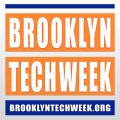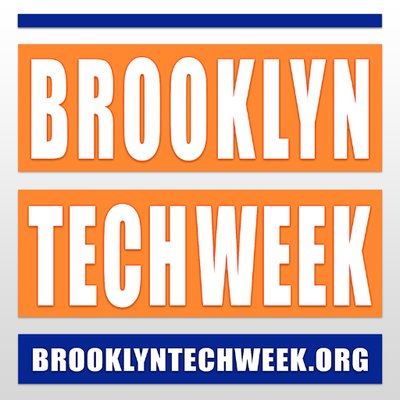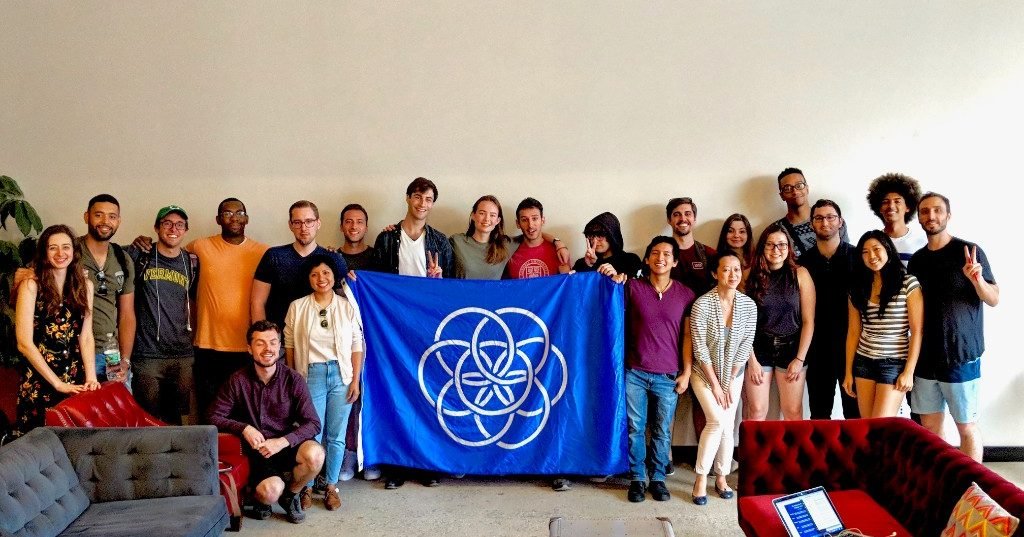Brooklyn’s collaborative work space, Made in NY Media Center, hosted some of our nation’s leading experts in virtual reality (VR) and augmented reality (AR) for a chat about the technology’s promising future. Despite what some may call underwhelming market penetration for current offerings, the panel asserted that VR/AR are certainly the technologies of the future and a mass market application is just around the corner. AR technology has demonstrated mass market potential by completely penetrating mobile; applications such as Snapchat, Pokemon Go and Amazon have proven that there is an inherent consumer demand for “mixed” reality solutions for entertainment and shopping purposes. The collective vision of the panel included AR transcending mobile into a hands-free and untethered experience. This vision is certainly achievable, but not without a few barriers along the way. A generous portion of the discussion was devoted to identifying VR/AR’s barriers to entry and circumventive measures to promote the technologies’ mass market penetration; here are a few key takeaways from An Evening with the Experts: Best Practices for VR/AR and Brands:
On Hardware
The overarching theory on minimal headset adoption stems from headsets’ limitations on its users’ range of motion and multitasking capabilities. “Although Google tried to democratize it doing cardboard, it’s still limited so there’s a barrier to entry,” says panelist Suzana Apelbaum of Google. Even when analyzing much more powerful hardware rigs that are designed to deliver the best experiences, there are still limits to the experience, powerful devices such as the HTC Vive require the user to be tethered to a PC while consuming content. “There’s a lot of effort to say, ‘hey I am going to go do this VR experience…’” says panelist Mike DiGiovanni of Isobar, “If you have a mobile headset you have to say ‘alright I am not going to use my phone for this period of time and shove it in my Gear VR, that’s going to be a dedicated VR device…’ With a headset on, taking a drink or having a snack takes a little bit of effort.” Although the tethered headsets have proven to be a barrier to entry, companies such as Oculus recognize the consumer demand for a VR experience and have taken steps in the right direction with their Oculus Go offering that will provide consumers with completely wireless VR in 2018.
On Content
Content is another critical element of a VR experience, developers are still trying to discover the exact content offerings that will drive user retention rates. Apelbaum says, “there’s not enough great quality content that justifies repeated use… we are exploring and we’re going to get there, we’ve come a long way.” Apelbaum remains optimistic that continued market research and product testing will produce optimal content that will finally incentivize consumers to crossover into VR/AR for daily media consumption. “Windows Mixed Reality actually, in my opinion, goes a long way towards making the experience a little bit better in terms of jumping out of a full immersive VR experience. You’re basically in a virtual house and in that house you can have apps and videos playing all over…” says DiGiovanni. The Windows Mixed Reality platform certainly has the potential to promote the consumer-crossover to VR/AR; theoretically, if users are able to consume their daily media in a virtual world, their use of the technology should increase. Once VR/AR content offerings catch up to consumer preferences, the transition will be seamless if all consumer-preferred content (i.e. Netflix, Hulu, YouTube) already exists virtually.
On Pricing
Arguably, today’s biggest barrier to entry for VR is the price of a quality experience. “It comes down to the costs of having a great rig and experience,” says panelist Andrew Klein of Spark Foundry, “If everyone could have an Oculus Touch rig with a powerful computer or an HTC Vive with a computer and it cost $300 all-in, everybody would have it… the fact that it is so expensive and you still need a powerful PC is a big barrier to entry for a lot of consumers.” Current prices for high-level VR experiences are in the thousands; a price point with which consumers are not willing to comply, especially for a device that has not yet warranted daily use. As new tech in the VR space emerges, the price of a quality in-home experience will start to approach the average consumer’s comfort zone. As for now, cheaper, lower-quality experiences are leveraged by early adopters, enthusiasts and large corporations to marginally increase market penetration in preparation for mass adoption. According to the panel, mass adoption will occur sooner than most think.
Despite the current barriers to entry, both consumer audience and interest are growing in the space. The panel remains very optimistic, citing webAR’s (AR enabled web browser for augmented experiences) 2018 release as a potential tipping point. Once the technology hits its friction point, early adopters and investors will finally be able to breathe a sigh of relief. It will be interesting to monitor the VR/AR markets over the next few months, the first mass market application for the technology may come in 2018.
Dockery Walker, Lead Analyst
PNG Venture, powering new growth in tech.










